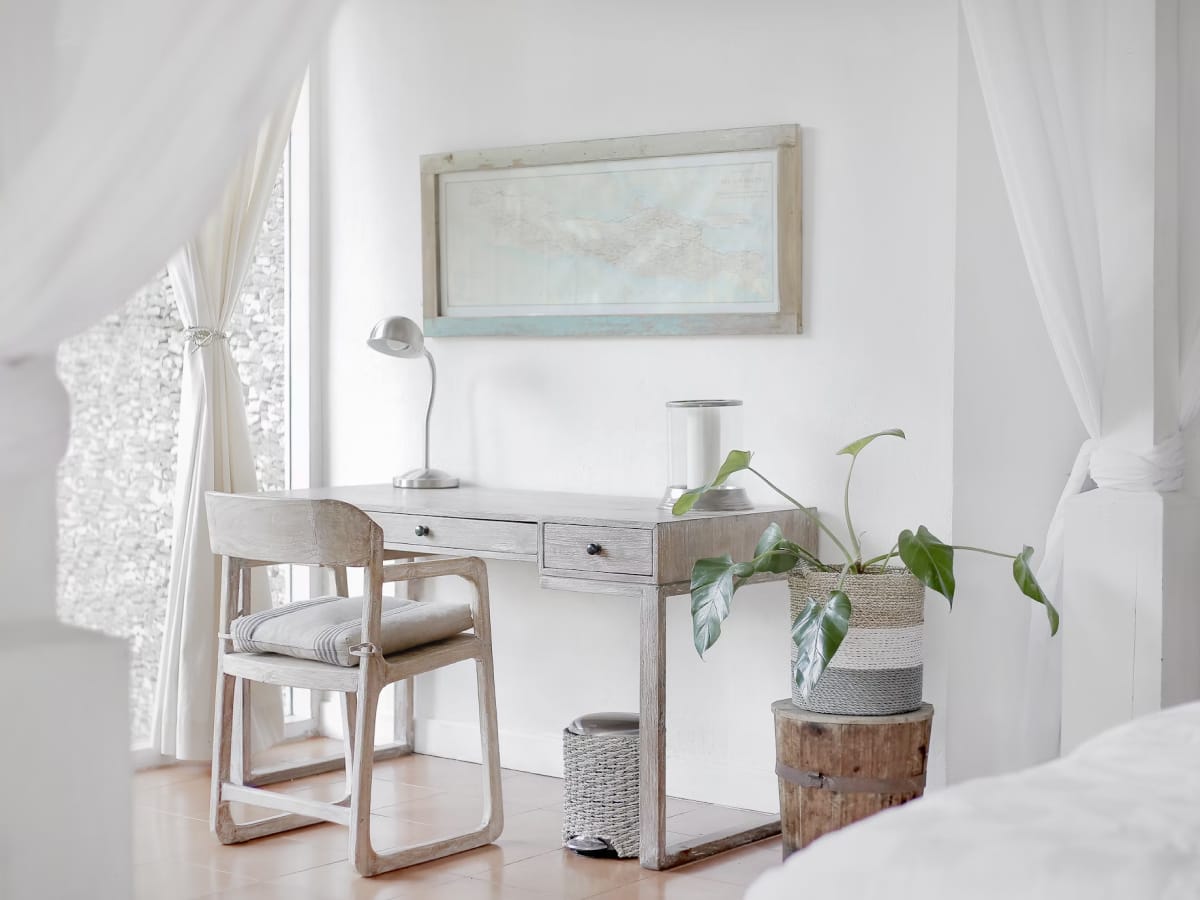Minimalist design has transcended mere trendiness to become a timeless approach to creating spaces that are both visually pleasing and highly functional. Rooted in the principle of “less is more,” minimalist design emphasizes simplicity, clarity, and purposefulness. But mastering minimalist design requires more than just decluttering and simplifying; it requires a deep understanding of its principles and practices. Let’s delve into the essence of minimalist design and explore how to master its artistry.
At its core, minimalist design is about paring down to the essentials and eliminating anything that is unnecessary or excessive. This means decluttering your space and focusing on quality over quantity. Rather than filling your home with an abundance of objects, choose a few well-crafted pieces that bring joy and serve a purpose. By reducing visual noise, minimalist design creates a sense of calm and tranquility, allowing you to fully appreciate the beauty of your surroundings.
One of the key principles of minimalist design is simplicity. This doesn’t mean that minimalist spaces are devoid of character or style; rather, it means that every element has been carefully curated to create a cohesive and harmonious whole. Choose a neutral color palette, clean lines, and simple geometric shapes to create a sense of elegance and sophistication. Avoid unnecessary embellishments and decorations, and let the beauty of simplicity speak for itself.
Another essential aspect of minimalist design is functionality. In a minimalist space, every design decision is made with usability in mind. Choose furniture that is not only aesthetically pleasing but also serves multiple functions to maximize space efficiency. Incorporate clever storage solutions to keep clutter at bay and maintain a sense of order. By prioritizing functionality, minimalist design creates spaces that are both beautiful and practical, enhancing your quality of life.
Furthermore, mastering minimalist design requires attention to detail and a commitment to craftsmanship. Choose high-quality materials and invest in well-made pieces that will stand the test of time. Pay attention to the finer points of design, such as lighting, texture, and proportion, to create a sense of balance and harmony. Every element in a minimalist space should be deliberate and intentional, contributing to the overall aesthetic in a meaningful way.
In addition to its aesthetic appeal, minimalist design has practical benefits as well. A clutter-free environment can reduce stress and anxiety, promoting a sense of calm and well-being. Minimalist spaces are also easier to clean and maintain, freeing up time and energy for more important pursuits. By embracing minimalist design principles, you can create a home that not only looks beautiful but also functions seamlessly, enhancing your overall quality of life.
Mastering minimalist design requires a deep understanding of its principles and practices. By paring down to the essentials, embracing simplicity and functionality, and paying attention to detail, you can create spaces that are both visually stunning and highly functional. Whether you’re designing a minimalist living room, a sleek office space, or a serene bedroom, mastering minimalist design principles will allow you to create spaces that inspire and uplift you. So let’s embrace the artistry of minimalism and The Beauty of Minimalist Design: Streamlining Complexity create spaces that reflect our values and enhance our lives.







Leave a Comment